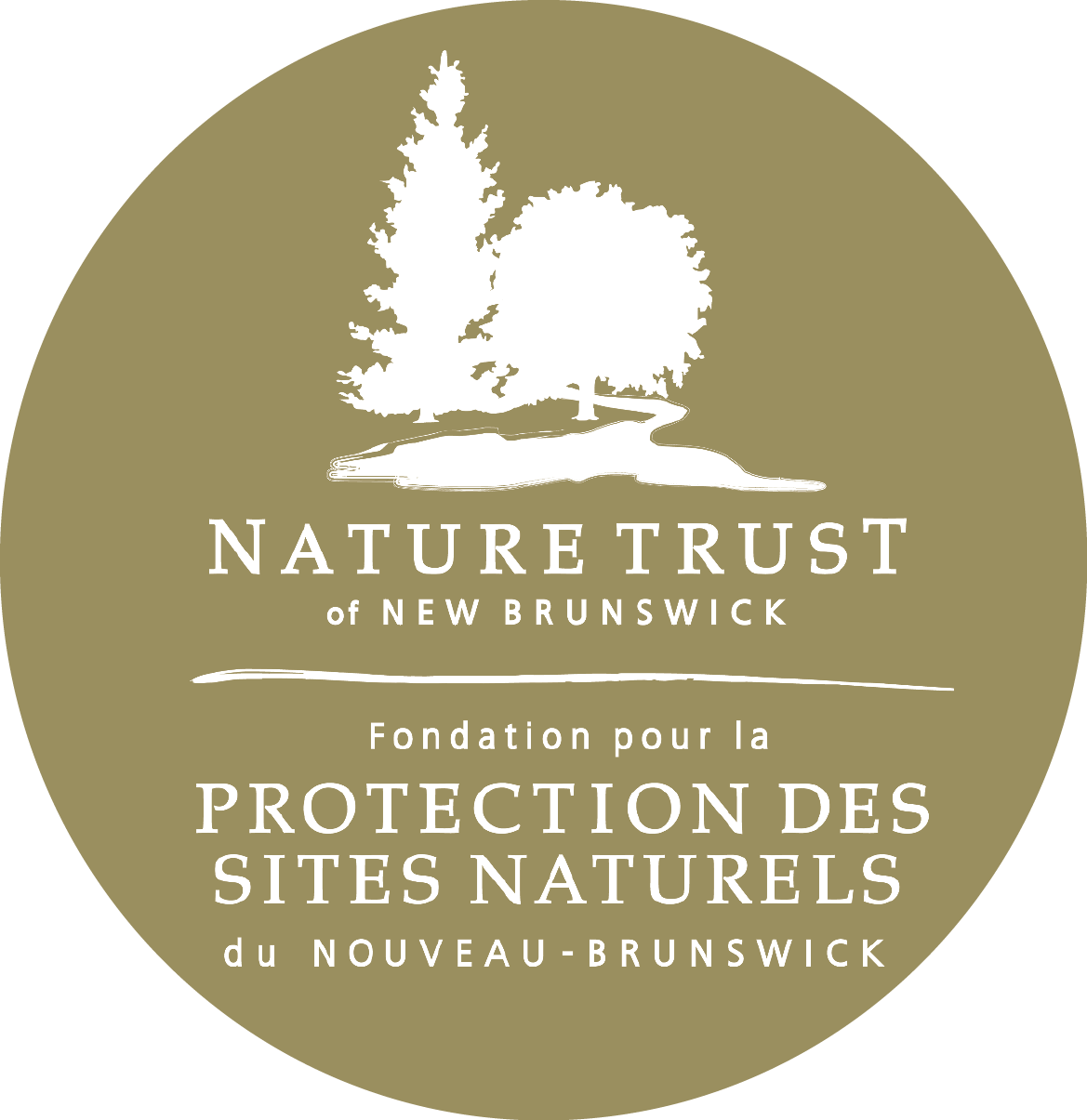Overview
Frye Island, located at the mouth of L’Etang Harbour and L’Etang River in the Town of St. George, New Brunswick, features 21.8 kilometres of coastline and 381.32 hectares (942.26 acres) of land mass made up of one large island and several smaller islands, all connecting at low tide. The Frye Island Nature Preserve encompasses approximately half of the main island and some of the smaller islands including Hog Island, Douglas Island, Eagle Island, and Mink Island totaling 168 hectares (415.1 acres).
History
Dr. Frye of St. Andrews opened a quarry on L’Etang Island (now known as Frye Island) and erected a kiln in L’Etang Harbour. At this time, there were various quarries opened along the coastal region. Historically, a portion of Frye Island, overlooking Bliss Harbour, was used as a homestead. Remains from this homestead include the house foundation, a wood-burning furnace, farm equipment, bricks, wooden steps, pieces of roofing, and two wells/springs presumably used to supply the house and farm with water. There is also a gravestone from 1852. Archaeological Services New Brunswick has identified and investigated five sites of interest on the main island.
The Frye Island Nature Preserve was donated to the Nature Trust by the Connors Brothers Clover Leaf Seafood Company, a fish packaging and harvesting company, owners of the remainder of the island. Aquaculture is a major activity in the region. Several boats and other marine infrastructure are currently stored between the west side of the island and the mainland. Although privately owned, the island has been traditionally used by individuals for fishing, hunting, commercial wood harvesting, and recreation.
Ecology
The shoreline of the island includes cliffs, rocky beaches, bays, and saltwater marshes. The most common tree species on the island are red spruce (Picea rubens) and speckled alder (Alnus incana), though white spruce (Picea glauca), balsam fir (Abies balsamea), white birch (Betula papyrifera), and pin cherry (Prunus pensylvanica) also occur. This site is designated as an Environmentally Significant Area for migratory raptors and other birds. The nutrient rich upwellings caused by the incredibly high tides in the Bay of Fundy attract many birds, terrestrial mammals, and marine life. As such, this landmass is considered to be of great ecological and heritage value for both the community and industrial stakeholders in the fisheries industry. Wild strawberries (Fragaria vesca), sphagnum moss (Sphagnum imbricatum and Sphagnum austrinii), and reindeer lichen (Cladina terrae-novae) are also common.
The preserve hosts a wide array of wildlife, including White-tailed deer, porcupine, red squirrel, Garter snakes, common toads, and red back salamanders. Atlantic salmon, herring, barnacles, sea urchins, crabs, blue mussels, and sea scallops are among the marine wildlife surrounding Frye Island. Species of birds that visit this nature preserve include the hermit thrush, the black capped chickadee, wood ducks, mallard ducks, and the provincially endangered bald eagle among many others.
Access and Activities
The Frye Island Nature Preserve is only accessible by boat. The main island is accessible by three public wharf facilities located in Blacks Harbour, Wallace Cove, and Back Bay and there are a few different kayak access points located around the main island. However, most other areas of the coast are steep and unsuitable for access.
The mixture of tree species and presence of logging roads and trails make for comfortable and aesthetically pleasing hiking/walking trails. The variety of coastal features (shipwrecks, waterfalls, beaches, coves, marshes, etc.) provides scenic kayaking opportunities for locals and tourists. The ecosystems and features (including archaeological sites) of Frye Island provide locals and tourists with cultural, historical, and environmental education. Active aquaculture sites are marked by bright yellow buoys. Kayakers and other boaters should remain out of these areas.
*The property is undeveloped and there are a variety of hazards and risks associated with accessing this preserve. While this nature preserve is open for public access, visitors must assume responsibility for their own actions and safety and are to use the land at their own risk.


